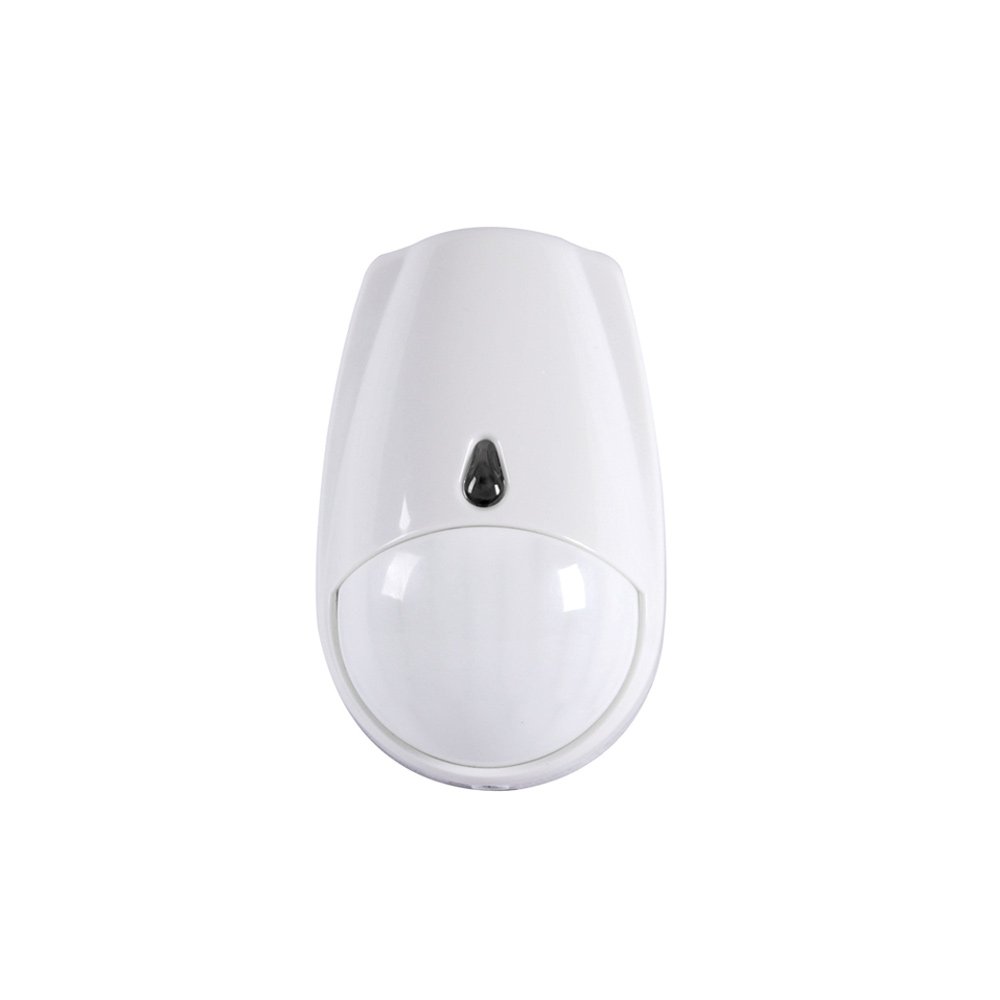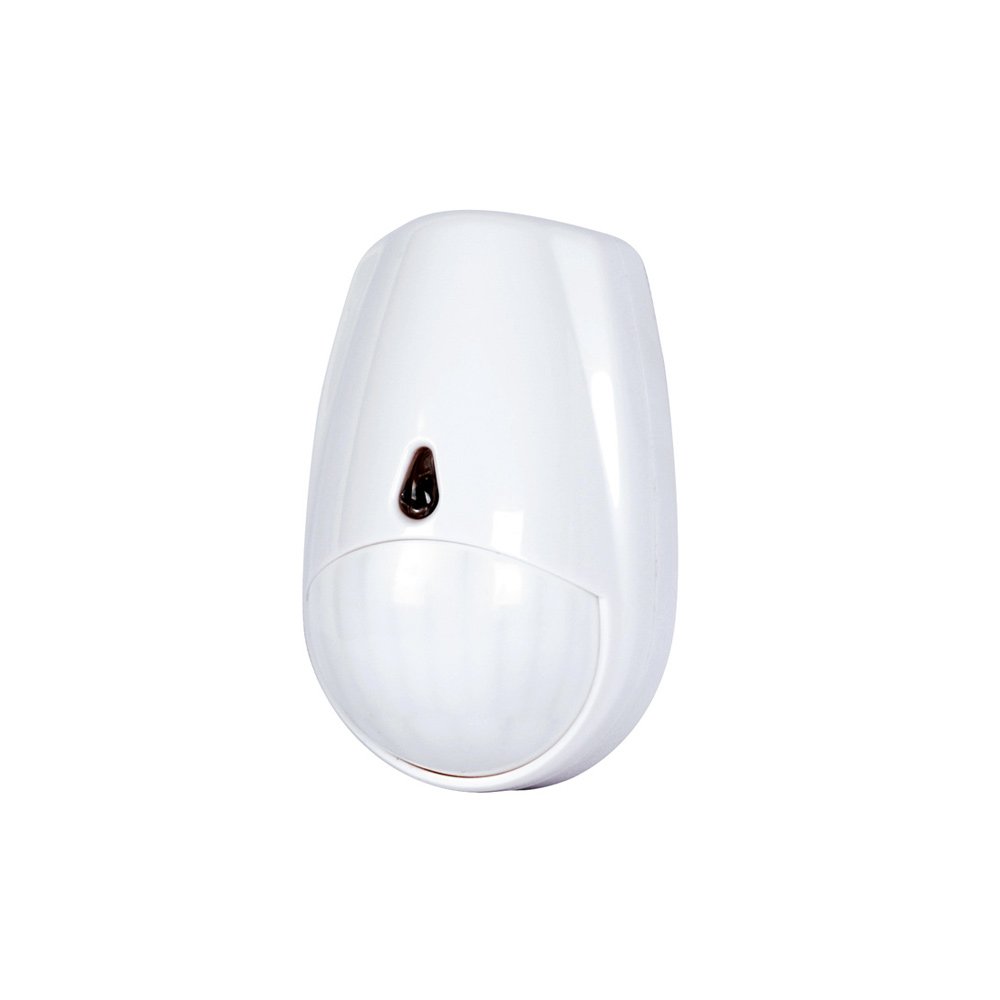Description
Key Features:
- Wireless Communication: Easily integrates into existing security systems without the need for additional wiring, using technologies like Wi-Fi, Zigbee, or Z-Wave for connectivity.
- Digital Signal Processing (DSP): Enhances the accuracy of motion detection and reduces the likelihood of false alarms by analyzing the infrared signals digitally.
- Adjustable Sensitivity: Allows the user to set how sensitive the detector is to movement, helping to avoid false alarms from small pets or other minor movements.
- Low Power Consumption: Typically battery-operated, these devices are designed to be energy-efficient, ensuring long battery life.
- Pet Immunity: Some models are designed to ignore the movement of pets below a certain weight threshold, which helps prevent false alarms.
- Wide Detection Range: Capable of covering significant areas within a property, depending on the model and settings.
Applications:
- Home Security: Commonly used in residential security systems to monitor for intruders or unusual activity when homeowners are away or asleep.
- Office and Commercial Security: Helps in securing business premises by detecting unauthorized access or movement after hours.
- Industrial Settings: Used in larger spaces like warehouses or manufacturing plants to ensure security in critical or restricted areas.
- Automated Systems: Can be integrated into smart home systems for automation tasks like turning lights on/off based on occupancy.
Benefits:
- Enhanced Security: Provides an additional layer of security by detecting movements and alerting the system.
- Ease of Installation: Wireless connectivity eliminates complex installation processes and allows for flexibility in placement.
- User Customization: Adjustable settings such as sensitivity and specific operational modes cater to various needs and environments.
- Scalability: Easily expand the system by adding more detectors without significant alterations to existing configurations.
Installation Tips:
- Optimal Placement: Install the detector at a recommended height (usually around 6 to 8 feet) and angle it to maximize the coverage area while avoiding direct sunlight, which can cause false alarms.
- Avoid Interference: Keep the detector away from heat sources and devices that emit radiation, like microwave ovens, to minimize the risk of false alerts.
- Routine Maintenance: Regularly check and replace batteries if needed, and test the detector to ensure it is operational.
- Consider Environmental Factors: Adjust the sensitivity and placement considering environmental factors such as typical room temperature, presence of pets, or heavy traffic areas.
Wireless Digital PIR Detectors are effective tools in enhancing security and providing peace of mind through reliable motion detection technology. Their integration into security systems adds a robust layer of protection, suitable for various settings from homes to high-security areas.







